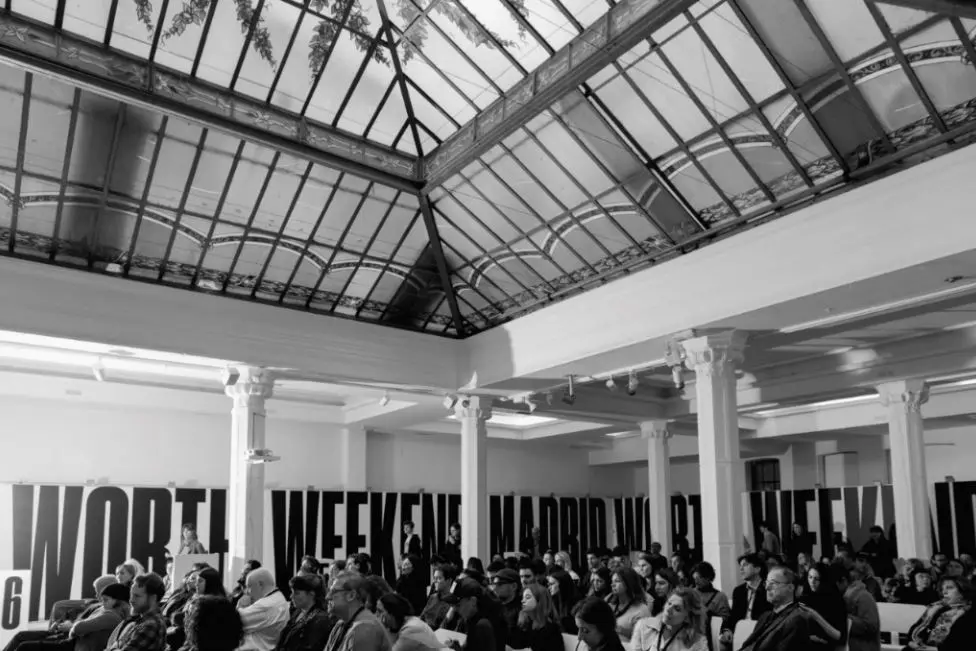Start
01/01/2022
End
01/01/2023
Status
Completed
Tender Worth II. Boosting competitiveness and innovation capacity of SMEs through creative partnerships and the use of new technologies Worth Partnership II
Website's Project
Start
01/01/2022
End
01/01/2023
Status
Completed
Tender Worth II. Boosting competitiveness and innovation capacity of SMEs through creative partnerships and the use of new technologies Worth Partnership II
Website's Project
WORTH Partnership Project II is funded by the COSME Programme of the European Union. It creates and supports transnational collaborations between designers, creative people, manufacturing enterprises (SMEs), crafters/makers and technology firms looking to develop design-driven and innovative products.
WORTH Partnership Project II is the second edition of the programme, which ran from 2017 to 2021.
In its first edition, 152 transnational partnerships were selected between 2017-2020, involving 349 partners from 34 EU-COSME countries.
The WORTH II project aims to strengthen the competitiveness of SMEs in the fashion industries and lifestyle sector, increase their innovation capacities and help them in their transition to climate neutrality and digitalisation.
By the end of WORTH II, a minimum of 200 trans-national partnerships will receive tailored support to create innovative products, services and business models.
Through this open call, WORTH II intends to become Europe’s largest incubator programme for creatives, offering:
- Market-based financial support to develop innovative products, services or business models
- A coaching programme and advisory services tailored to the needs and specificity of different partnerships
- Facilitating market-positioning and professional links between members of partnerships and other key players by organising networking activities and participating in relevant design events and exhibitions.
In particular, the first call of WORTH II is dedicated to the New European Bauhaus (NEB) initiative, which aims to improve the EU’s sustainability and inclusivity.
Research groups